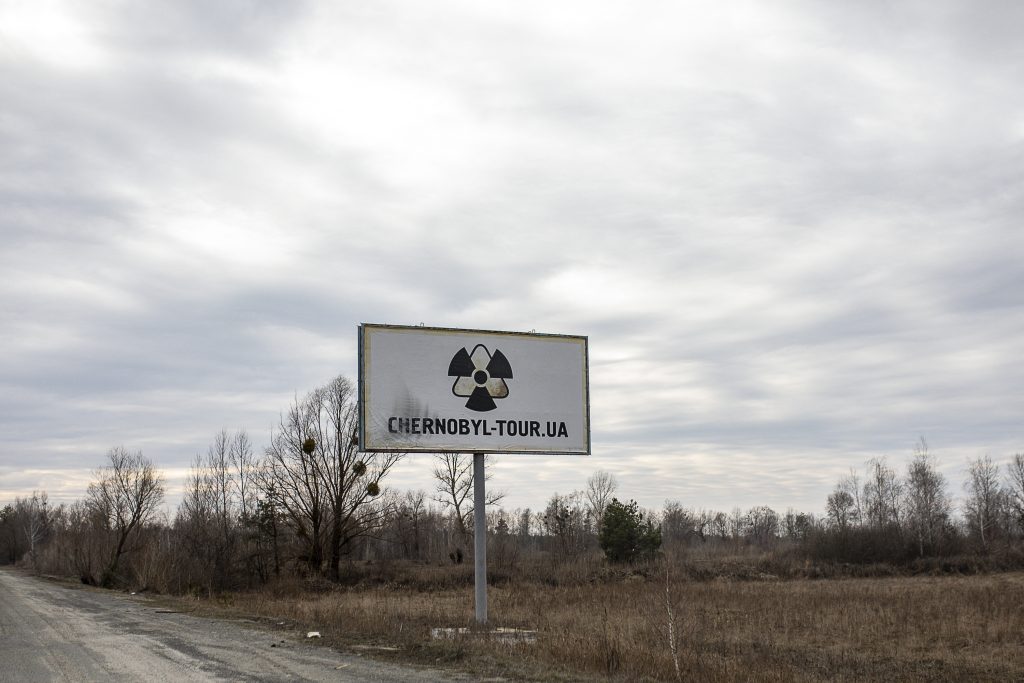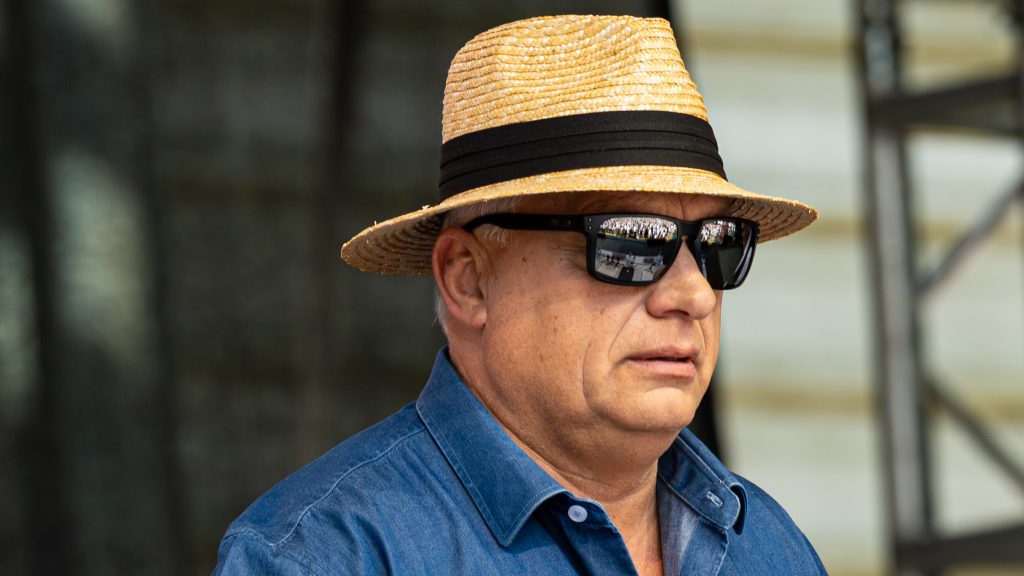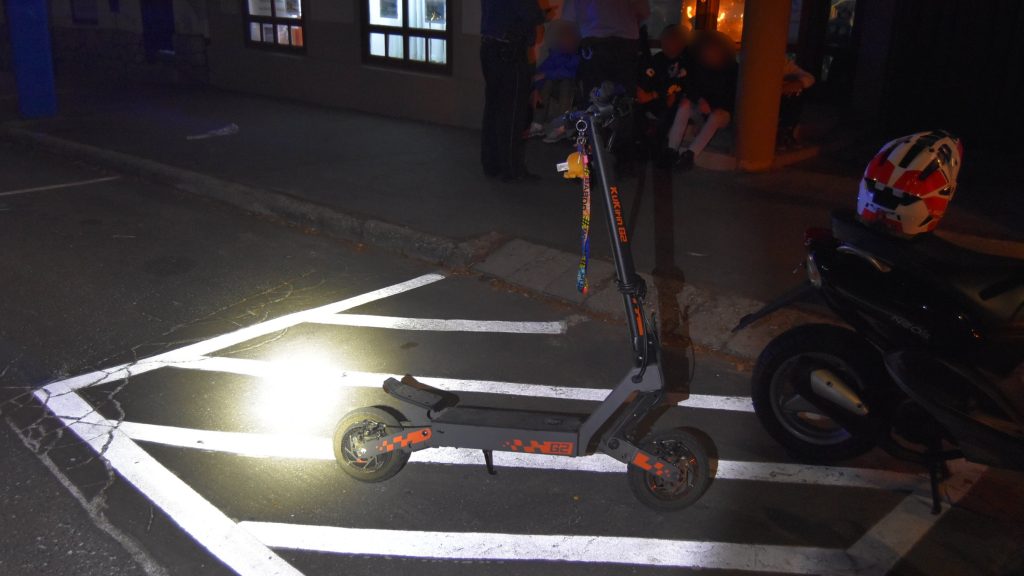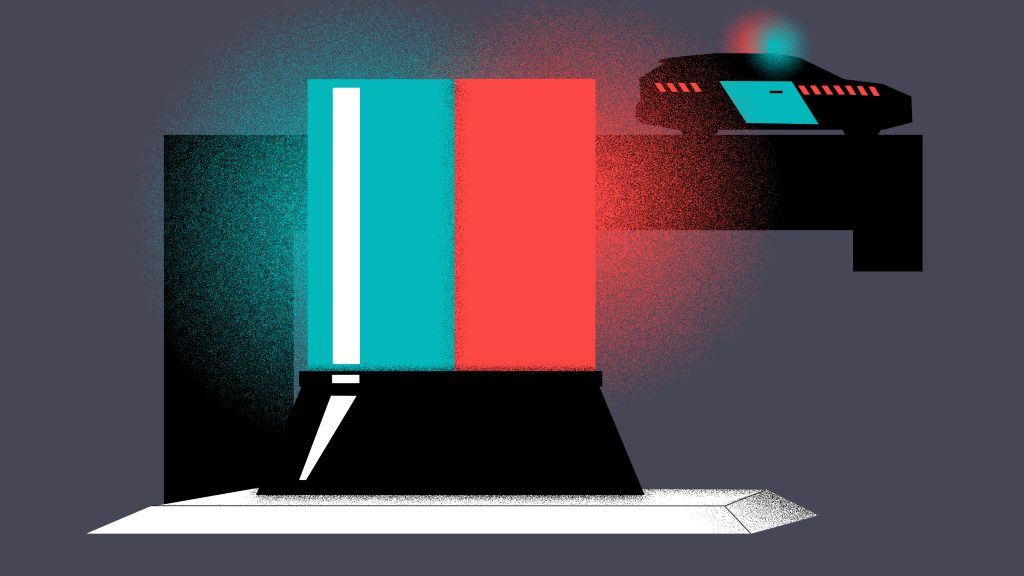Should we worry about the damaged Chernobyl sarcophagus?

In February, a Russian drone strike damaged the new sarcophagus covering Chernobyl’s Reactor 4. As a result, several holes appeared in the protective structure, leaving it unable to perform its intended functions — for example, to contain the radioactive materials under all circumstances.
Although months have passed, the sarcophagus has still not been repaired. Fixing the massive arched steel shell is an extremely costly task, one that Ukraine can’t carry out without securing international funding. To understand the exact risks posed by the gaps in the protective structure, we spoke with Dr. Attila Aszódi, energy engineer and professor at the Institute of Nuclear Techniques at the Budapest University of Technology and Economics (BME).
Almost 200 tonnes of radioactive material lie beneath the sarcophagus
To properly understand the situation, we need to go back all the way to 1986 – the year of the now widely known disaster, during which two consecutive explosions occurred in Reactor 4 of the nuclear power plant. The first was a steam explosion that blew off the reactor lid and blasted open the top of the reactor building. This was followed by an even larger gas blast destroying the rest of the reactor’s structure and the surrounding building, completely exposing the reactor zone full of radioactive material to the environment.
This was a catastrophic state of affairs: from the reactor zone, now open to the environment, radioactive substances could easily escape into the surroundings. Furthermore, rain and snow could enter the zone containing an enormous amount of radioactive material which precipitation could have washed out into the ecosystem
– revealed Attila Aszódi to 24.hu.

The reactor held about 200 tonnes of fissile material. Roughly 3.5 percent of the reactor zone’s contents were dispersed due to the explosions, but the remaining 96.5 percent is still there, fused with the reactor’s metal structures and the sand which was dropped in from helicopters.
To protect the nuclear fuel from environmental effects and to prevent the release of materials into the surroundings, a temporary structure made of concrete and steel — a so-called sarcophagus — was built around the reactor zone not long after the accident. However, this first protective shell was not able to hermetically seal off the dangerous substances from the environment.
“Under the circumstances prevailing after the accident, it was impossible to construct the sarcophagus in a precise manner. Several holes remained in the roof structure, letting through both sunshine and rain, and, in certain cases, allowing dust to escape.
Moreover, the structure is not stable either, and as the years passed, the risk of a partial collapse was ever greater
— explained the expert.
This is why a new protective structure was needed — one that would completely isolate the reactor zone while also shielding the original concrete sarcophagus. Moreover, with the help of cranes mounted on the new roof structure, dismantling the old sarcophagus could also become possible. This new safety structure (called the New Safe Confinement, NSC) was built between 2010 and 2016, at a cost of nearly 2 billion euros. Its funding and technical execution required major international cooperation.
The project was coordinated by the EBRD (European Bank for Reconstruction and Development), with the participation of numerous major international companies. The new safety structure is a massive, double-walled arched steel structure that stands 110 metres high, spans 250 metres, and is 165 metres long. Thermal insulation sandwiched between the double steel walls ensures the NSC withstands extreme weather conditions, while it also keeps internal temperature fluctuations in check.
Purposed to hermetically isolate the large amount of radioactive material beneath the old sarcophagus, the new protective shell was designed to last 100 years. The building is equipped with a controlled and filtered ventilation system to ensure that the rising dust underneath cannot escape into the environment.
The long-term goal would be to fully dismantle the damaged reactor block, remove the spent fuel and the fused materials, and bring it into a condition that no longer poses a danger to its surroundings.



